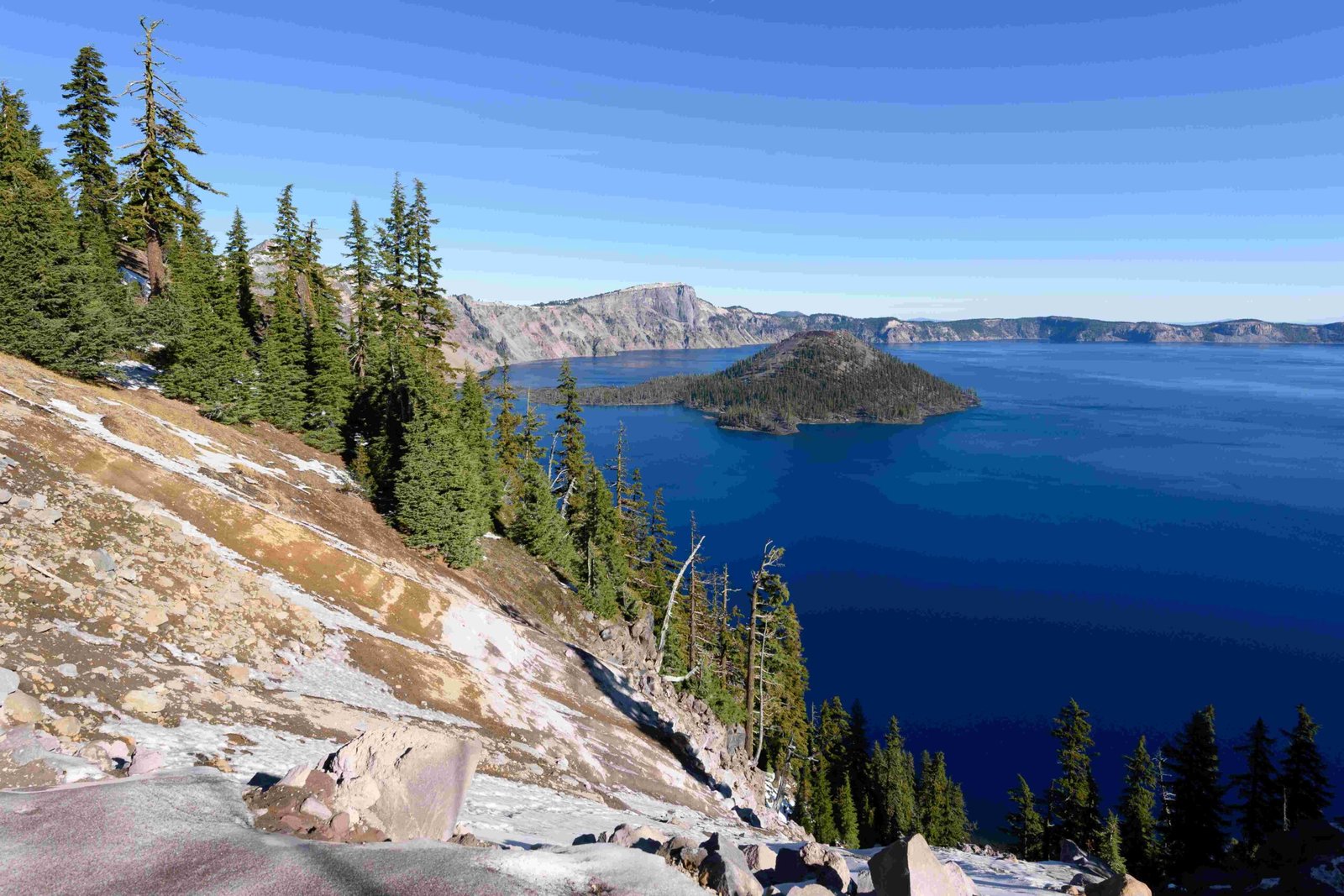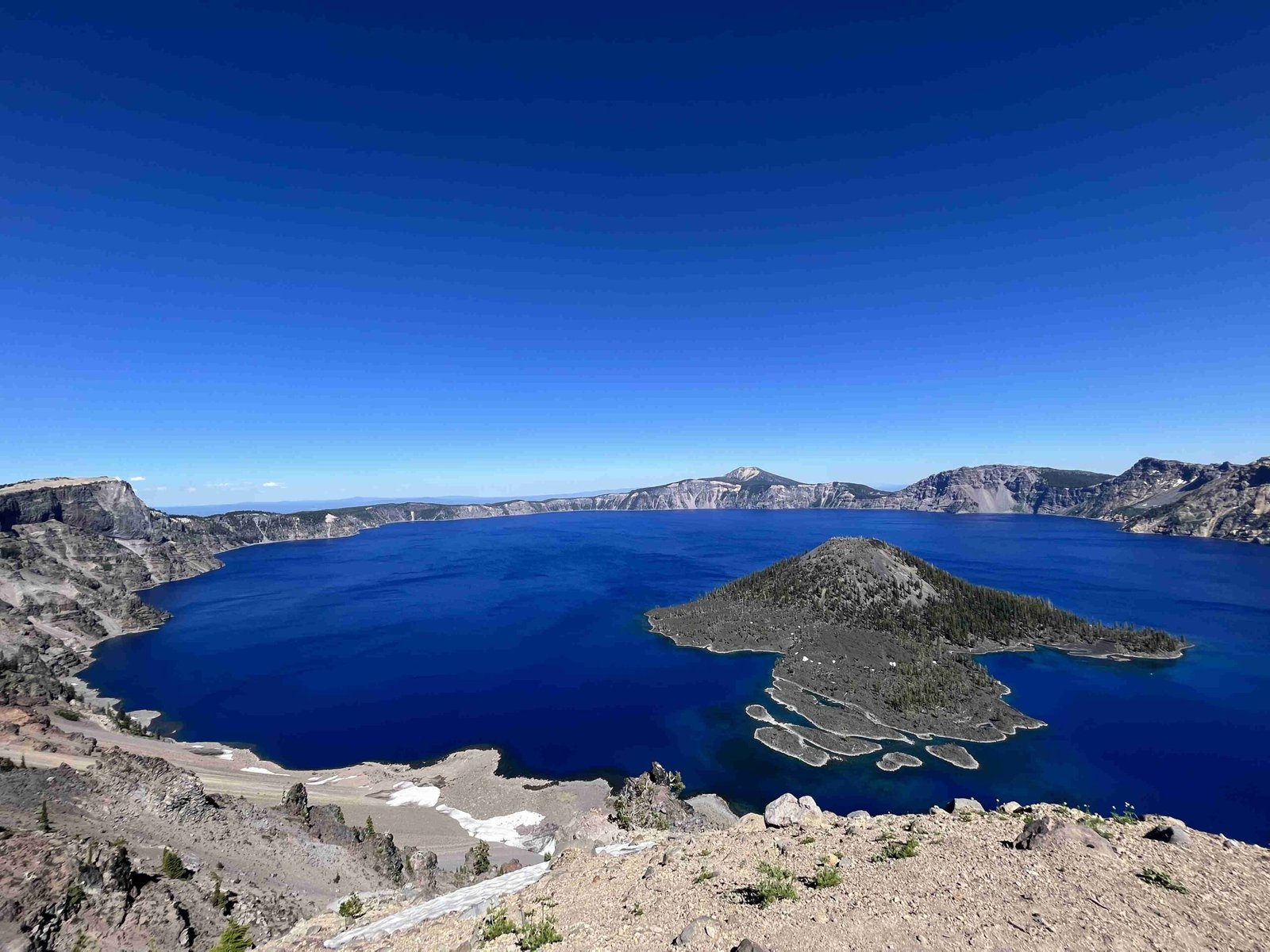Crater Lake National Park, renowned for its stunning blue waters and unique volcanic history, attracts hundreds of thousands of visitors annually. The park’s visitation numbers have fluctuated over recent years, with an average of around 700,000 visitors per year. This article delves into the detailed statistics, trends, and factors influencing Crater Lake National Park visitors per year, providing insights into the park’s popularity and management challenges.
What Are the Recent Visitor Numbers for Crater Lake National Park?

The National Park Service provides annual visitation statistics for Crater Lake National Park. Here’s a breakdown of the visitor numbers for the past five years:
| Year | Visitors |
|---|---|
| 2021 | 647,751 |
| 2020 | 670,500 |
| 2019 | 704,512 |
| 2018 | 720,659 |
| 2017 | 711,749 |
These figures show a slight decline in visitation over the past few years, with 2018 marking the highest recent attendance at 720,659 visitors.
How Do Seasonal Trends Affect Visitor Numbers?

Crater Lake National Park experiences significant seasonal variations in visitation:
- Peak Season (July-September):
- Highest visitor numbers
- Average of 2,000-3,000 visitors per day
- Optimal weather conditions
-
Full range of activities available
-
Shoulder Seasons (May-June, October):
- Moderate visitor numbers
-
Some facilities and activities may be limited
-
Winter Season (November-April):
- Lowest visitor numbers
- Limited access due to snow
- Unique winter activities available
The summer months account for a large portion of the annual visitation, with July and August typically being the busiest.
What Factors Influence Crater Lake’s Annual Visitor Numbers?
Several factors contribute to the fluctuations in Crater Lake National Park visitors per year:
- Weather Conditions:
- Harsh winters can limit access
-
Mild summers may extend the peak season
-
Economic Factors:
- Gas prices
- Overall economic health
-
Travel trends
-
Park Amenities and Services:
- Availability of lodging
-
Operational status of boat tours and other activities
-
External Events:
- Natural disasters (e.g., wildfires)
-
Public health crises (e.g., COVID-19 pandemic)
-
Marketing and Promotion:
- National Park Service campaigns
- State tourism initiatives
How Does Crater Lake Compare to Other National Parks in Visitor Numbers?
While Crater Lake National Park attracts a significant number of visitors, it’s not among the most visited national parks in the United States. To provide context:
- Most Visited National Parks (2021):
- Great Smoky Mountains: 14.1 million
- Zion: 5 million
-
Yellowstone: 4.9 million
-
Crater Lake’s Ranking:
- Typically ranks between 30th and 40th in annual visitation among national parks
This comparison highlights that while Crater Lake is a popular destination, it maintains a more intimate visitor experience compared to the most crowded parks.
What Demographics Make Up Crater Lake’s Visitors?
While specific demographic data for Crater Lake National Park is not readily available, general trends for national park visitors can provide insights:
- Age: Diverse range, with a significant portion being families and retirees
- Origin: Mix of local, national, and international visitors
- Education: Tend to have higher education levels
- Income: Often middle to upper-middle class
A more detailed visitor study would be necessary to provide accurate demographic information specific to Crater Lake.
How Do Visitor Numbers Impact Park Management?
The number of Crater Lake National Park visitors per year significantly influences park management strategies:
- Resource Allocation:
- Staff hiring and scheduling
- Maintenance planning
-
Budget distribution
-
Visitor Experience:
- Crowd management
- Activity scheduling
-
Facility capacity planning
-
Conservation Efforts:
- Trail maintenance
- Wildlife protection measures
-
Erosion control
-
Infrastructure Development:
- Parking expansion
- Facility upgrades
- Transportation system improvements
Park managers must balance providing a positive visitor experience with protecting the natural environment.
What Activities Drive Visitation to Crater Lake?
Crater Lake offers a variety of activities that attract visitors throughout the year:
- Summer Activities:
- Hiking (over 90 miles of trails)
- Boat tours on the lake
- Scenic drives around the rim
-
Ranger-led programs
-
Winter Activities:
- Cross-country skiing
- Snowshoeing
-
Winter photography
-
Year-round Activities:
- Wildlife viewing
- Stargazing
- Photography
The availability and popularity of these activities contribute to the overall visitor numbers and their distribution throughout the year.
How Has COVID-19 Affected Crater Lake’s Visitor Numbers?
The COVID-19 pandemic has had a noticeable impact on Crater Lake National Park visitors per year:
- 2020 saw a decrease to 670,500 visitors from 704,512 in 2019
- 2021 numbers further decreased to 647,751
Factors contributing to this decline include:
- Travel restrictions
- Park facility closures
- Public health concerns
- Changes in visitor behavior and preferences
As the pandemic situation evolves, visitor numbers are expected to recover, potentially leading to new visitation patterns.
What Future Trends Are Expected for Crater Lake Visitation?
Predicting future Crater Lake National Park visitors per year involves considering several factors:
- Post-Pandemic Recovery:
- Gradual increase in visitor numbers expected
-
Potential for pent-up demand leading to a surge
-
Climate Change Impacts:
- Longer summer seasons may extend peak visitation periods
-
Increased wildfire risk could affect visitor numbers
-
Demographic Shifts:
- Aging population may lead to more retiree visitors
-
Increased interest in outdoor recreation among younger generations
-
Technology and Social Media:
- Greater exposure through social platforms may boost visitation
-
Improved virtual experiences may complement physical visits
-
Park Management Strategies:
- Potential implementation of reservation systems
- Development of sustainable tourism practices
While exact predictions are challenging, Crater Lake National Park is likely to remain a popular destination, with visitor numbers potentially returning to or exceeding pre-pandemic levels in the coming years.
In conclusion, understanding Crater Lake National Park visitors per year is crucial for effective park management, conservation efforts, and enhancing the visitor experience. By analyzing trends, demographics, and influencing factors, park administrators can better prepare for future challenges and opportunities in preserving this natural wonder for generations to come.
References:
1. National Park Service Visitor Use Statistics
2. Crater Lake National Park Official Website
3. National Park Conservation Association
4. U.S. Geological Survey – Crater Lake

